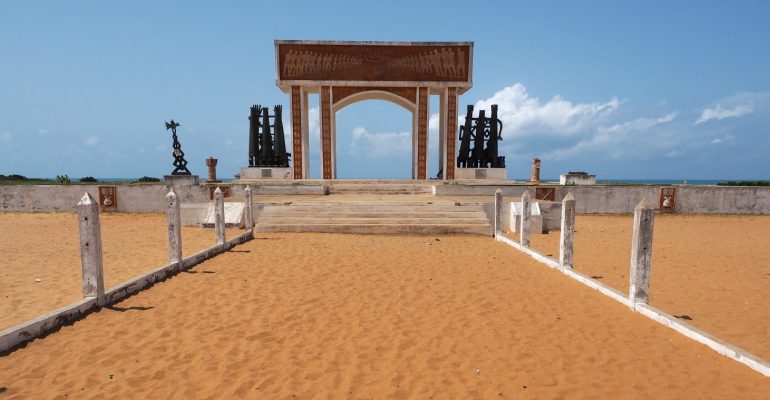What is the Ouidah Fort?
The Ouidah Fort is located in the coastal city of Ouidah in Benin, and for hundreds of years it was a crucial location in the Trans-Atlantic slave trade. The fort was used in the 17th and 18th century by Portuguese colonists to hold over one million men, women and children before they were transported across the sea in abominable conditions. The site is now also a historical museum where visitors can see artefacts from the Dahomey civilization, which was thriving in the area before the Europeans arrived, as well as chains and other items that were used during the slave trade.
Why is the Ouidah Fort being restored?
The Beninese Government has dedicated over $1 billion towards the goal of restoring culture and tourism in the country, and the restoration of the fort has been a key part of this. The restoration of the fort represents an attempt to accept and acknowledge the past in the wake of this year’s Black Lives Matter movement, which has seen monuments pulled down all over the world. It is part of a larger movement to put history into the hands of those who experienced it.
Why is the restoration so important?
This restoration is a vital measure that will ensure that future generations are aware of the past and able to acknowledge and educate themselves on what occurred during a dark period of history. The Ouidah Fort represents the very last time many Africans left the continent, never to return. However, with this restoration, it is hoped that those many millions of lives can be remembered and honoured forever.
(photo by Luise Illigen)

